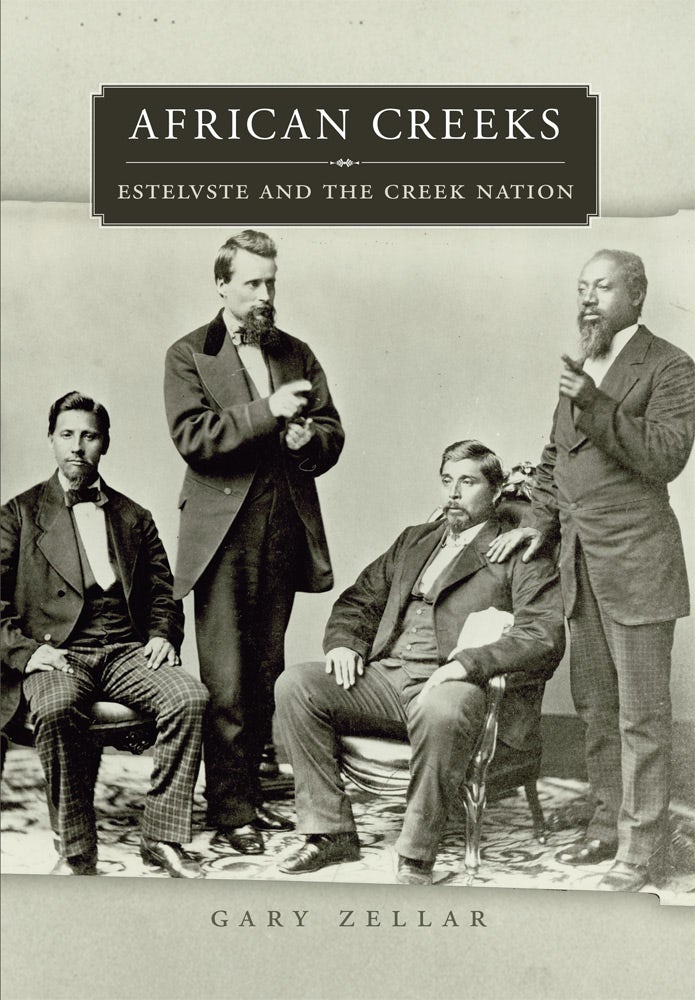Diverse Identities in Interracial Relationships: A Multiethnic Interpretation of “Mississippi Masala” and “The Wedding Banquet”Posted in Articles, Asian Diaspora, Literary/Artistic Criticism, United States on 2010-09-28 01:52Z by Steven |
Xchanges
Volume 4, Number 1 (September 2004)
Lan Dong, Assistant Professor of English
University of Illinois, Springfield
In their introduction to the collection Multiculturalism, Postcoloniality, and Transnational Media, Ella Shohat and Robert Stam point out “much of the work on race within the United States has tended to emphasize a discussion of particular ethnicities. There has not been much engagement with the interrelations among such communities, nor with how the multicultural debates cross various national borders” (Shohat and Stam 3). In the past decade, nevertheless, discussions of ethnicity and identity among U.S. critics frequently note the prominent multiethnic and interethnic relations among racial groups [1].
In this paper, I build upon theories of multiethnicity and interethnicity in my examination of heterogeneity, hybridity, and multiplicity within the body we label “Asian diaspora.” In particular, my argument is focused on the realization and construction of the diverse identities of Asian diaspora living in contemporary America in the context of interracial relationships. I choose to analyze Mississippi Masala (1991) directed by Mira Nair and The Wedding Banquet 喜宴(1993) directed by Ang Lee since interracial romance in both films functions as the primary plot. The struggle for love and individuality is intertwined with the protagonists’ complicated identities by way of negotiation between personal, familial, communal, and social concerns. I use this film analysis to suggest the intersection of gender, class, ethnicity, and nationalism in Asian diaspora’s pursuit of their reconstructed, rather than prescribed, identities…
Read the entire article here.



